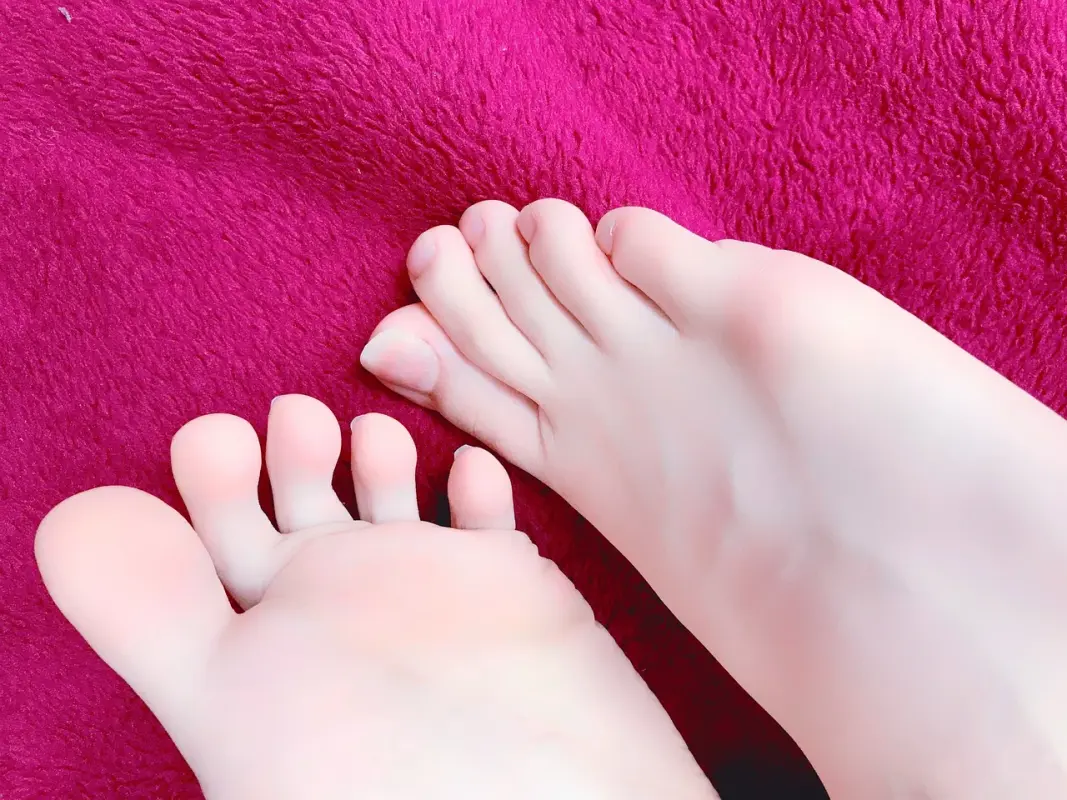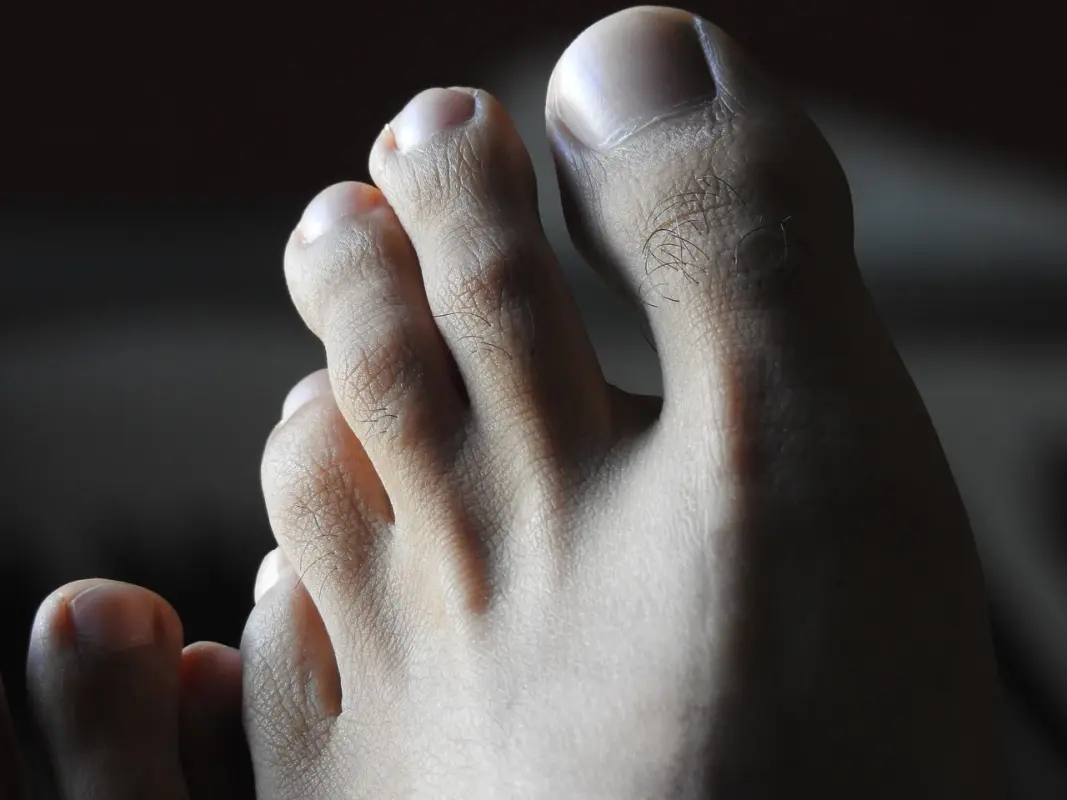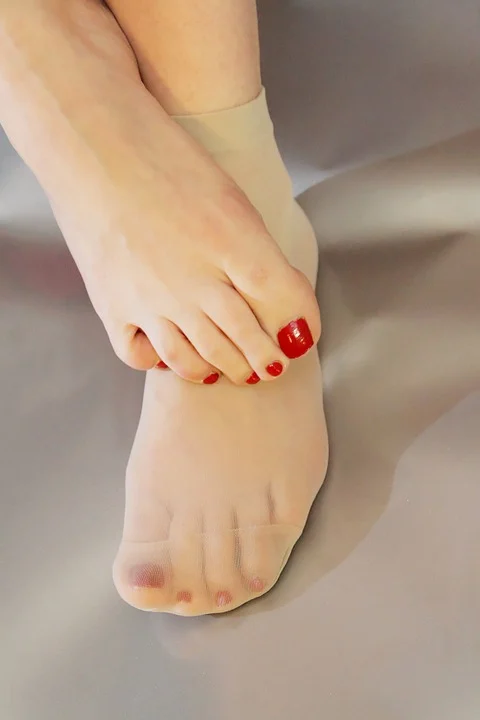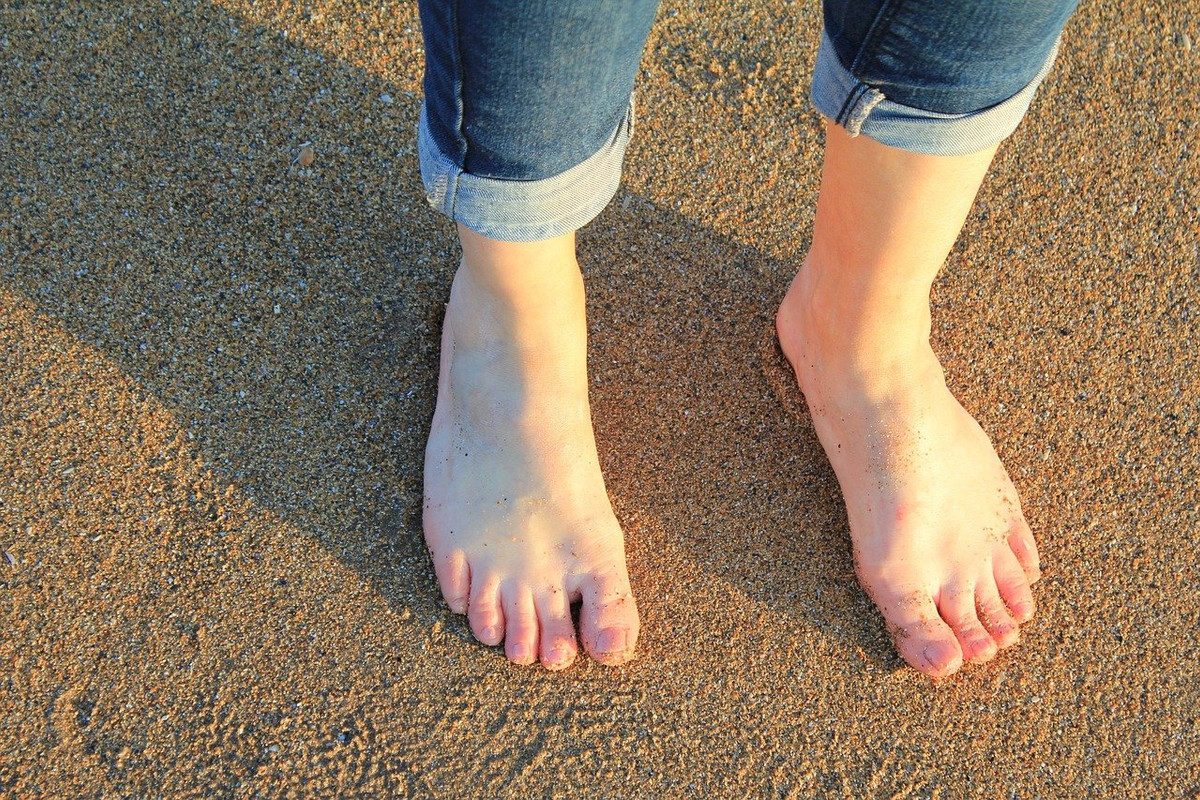Heel Pain: एड़ियों के दर्द और सूजन से हैं परेशान, तो इन तेलों से करें मसाज - how to get rid of heel pain in hindi edi ke dard ko kam karne ke upay
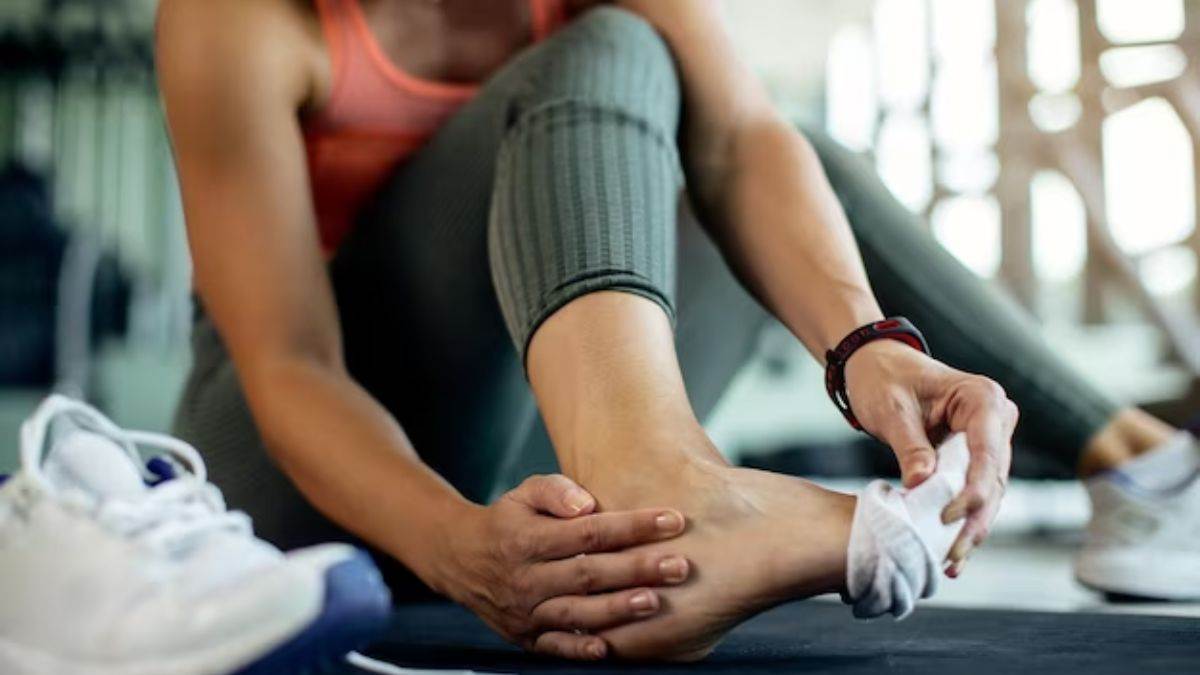
Heel Pain एड़ियों में दर्द होने के कई कारण हो सकते हैं। बढ़ते वजन एक ही जगह पर लंबे समय तक खड़े होने आदि के कारण यह समस्या होती है। कुछ लोगों को सर्दियों के मौसम में इस परेशानी का सामना करना पड़ता है। ऐसे में आज हम आपको इस आर्टिकल में कुछ तेलों के बारे में बताएंगे जिनके इस्तेमाल से दर्द से राहत पा सकते हैं।
Posted by on 2023-12-11
Extra wide foot, heel pain: which boot could work?
I would like to do figure skating in a club, so I bought Edea Overture 255 in width C. Unfortunately, I can't wear the boots for five minutes without my heel hurting completely, and then a little...
Posted by on 2023-12-09

